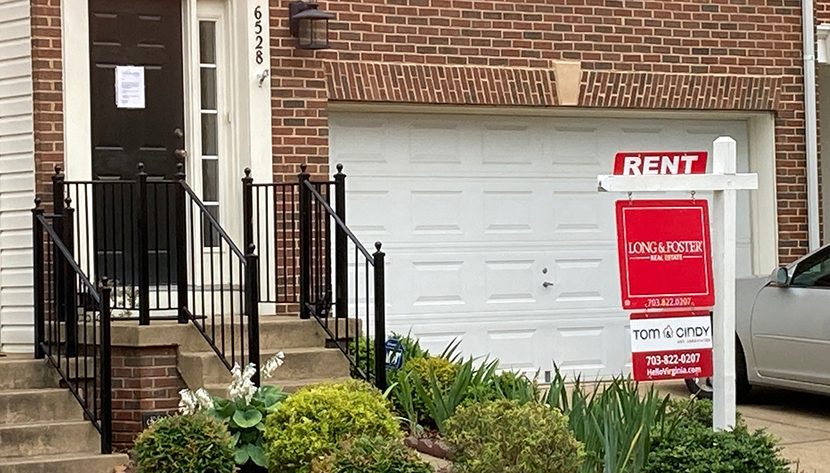
CoreLogic: Single-Family Rents Stabilize

CoreLogic, Irvine, Calif., said single-family rent growth stabilized in July after seeing its slowest growth in a decade during June.
The CoreLogic Single-Family Rent Index found a national rent increase of 1.7 percent year-over-year during July, up from June but down from a 2.9 percent year-over-year increase in July 2019.
“Increases in single-family rent prices slowed dramatically this spring as the nation began to face the economic impact of the pandemic,” said CoreLogic Principal Economist Molly Boesel.
Boesel noted rent growth steadied in July as job losses slowed. “However, increases in rents should remain sluggish until the economy starts to experience employment gains,” she said.
Staring in February, the coronavirus pandemic set off a chain reaction in the rental market, CoreLogic said. As unemployment skyrocketed, cash-strapped renters struggled to make ends meet and landlords lowered rents. Rent increases in single-family rental properties slowed sharply from 2.9 percent on average in the first quarter to 1.4 percent in June. But the national rent price growth rate stabilized in July for the first time since the pandemic as local economies continued to reopen. “Still, despite the positive signal on the national level, renters and landlords continued to work to accommodate shelter-in-place orders and added safety measures, which likely slowed rent price growth,” the report said.
CoreLogic examined four tiers of rental prices. All tiers showed a slight uptick in rent growth month over month, with the high-end price tier experiencing the largest increase. The national single-family rent growth across the four tiers and the year-over-year changes were:
• Lower-priced (75 percent or less than the regional median): 2.6 percent, down from 3.7 percent in July 2019
• Lower-middle priced (75 percent to 100 percent of the regional median): 1.8 percent, down from 3.1 percent in July 2019
• Higher-middle priced (100 percent to 125 percent of the regional median): 1.7 percent, down from 2.8 percent in July 2019
• Higher-priced (125 percent or more than the regional median): 1.4 percent, down from 2.5 percent in July 2019
Among the 20 largest U.S. metros–and for the twentieth consecutive month–Phoenix had the highest year-over-year increase in single-family rents in July at 4.7 percent. But Phoenix rent growth has also begun to slow compared to its 6.5 percent average growth rate in first-quarter 2020. Tucson, Ariz., had the second-highest rent price growth with a 4.1 percent gain, followed by Charlotte, N.C., at 3.4 percent.
Conversely, typical tourist destinations like Honolulu, Los Angeles, Miami and Boston all logged an annual decline in rent prices. Honolulu–which continues to adhere to stricter lockdowns and shelter-in-place ordinances–had the most significant decline at -1.3 percent.
